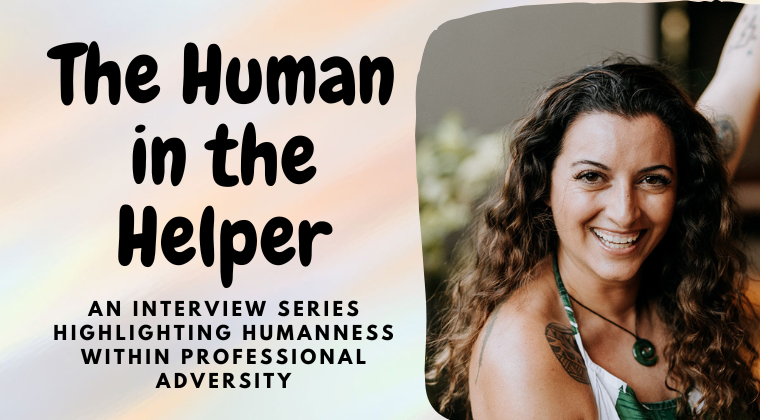Cathy has a disarming, warm personality that shows up well on video and in person. When she’s not writing her next book or offering workshops, she’s enjoying her dogs or recording new content for her online classes. Cathy isn’t afraid to talk about things that feel heavy, like being scammed or death and dying. It’s one of the many things that makes her the ideal person to talk to therapists about professional wills. She also has the lived experience of losing two colleagues suddenly. “Grant and I worked together on projects and I asked him to be the executor of my professional will,” Cathy shared. Grant said yes, and asked Cathy to be his executor as well. But then Grant didn’t get around to writing a will before he died suddenly. “Amidst my grief, I had to find a way to get his files.” Cathy went on to describe how she learned of his sudden death. “I found out on Facebook. It was sad and difficult.”
Cathy shares how she had to compartmentalize her grief in order to take care of things for Grant. “I had to figure out how to reach his family. I had to find his calendar to notify his clients.” Cathy describes a frantic search for Grant’s files, which were in three different places. She worried about clients showing up to sessions and wondering where he was. She worried that clients would find out about his death through social media too, adding a traumatic layer to their loss. “Every phone call was hard,” Cathy named. She held space for Grant’s clients in their grief and helped them connect with new providers, which felt like a process for both her and them.
That wasn’t the end of Cathy’s grief. Two years later, a second colleague died suddenly. It was another tragic example of someone who didn’t have a professional will in place. Although Cathy wasn’t the executor for this colleague, she had some realizations from her experiences of loss. “I knew my professional will wasn’t going to cut it.” She also realized that more colleagues needed to understand the importance of a professional will, for themselves, their clients, and their families. “I needed to take some action,” Cathy shared.
Cathy began gathering materials for a more in-depth professional will template, in honor of her experiences with Grant and her second colleague who had died. She started offering workshops to help therapists craft their professional will, and noticed how her experiences with colleague loss had changed her profoundly. “I noticed that I didn’t shy away from saying death or dying.” C
Cathy saw firsthand how crafting a professional will triggered her colleagues. It caused a fear of death to surface, and it asked people to look at their own mortality. “It showed up in every single workshop,” Cathy named. She describes how some colleagues needed to take a break, while others wanted to pause and come back to writing their will at a later time. Cathy recognizes this is a difficult but necessary process for many.
“Just get something written down,” she says. “Anything helps. Talk to a colleague, or tell someone where you keep your key.” Cathy shares how the more someone can plan and get into the details, the more it helps others. She also suggests exploring the wording of what you want your executor to say about your death. Are details important? Is there wording that feels least harmful to the clients left behind? Professional wills represent more than just details of where to find your files or client information. “It’s something to guide a colleague,” Cathy says, “it shows care for your clients, it shows care for the person doing this process for you, and it shows care for your family members who are in grief.”
You don’t have to do this by yourself. Access Cathy’s online course for writing your professional will HERE.
Things happen to us as humans, even as we support our clients as professional helpers. Do you have a story you want to share the mental health community? Email us at croswaitecounselingpllc@gmail.com to learn more about the Human in the Helper Series!











